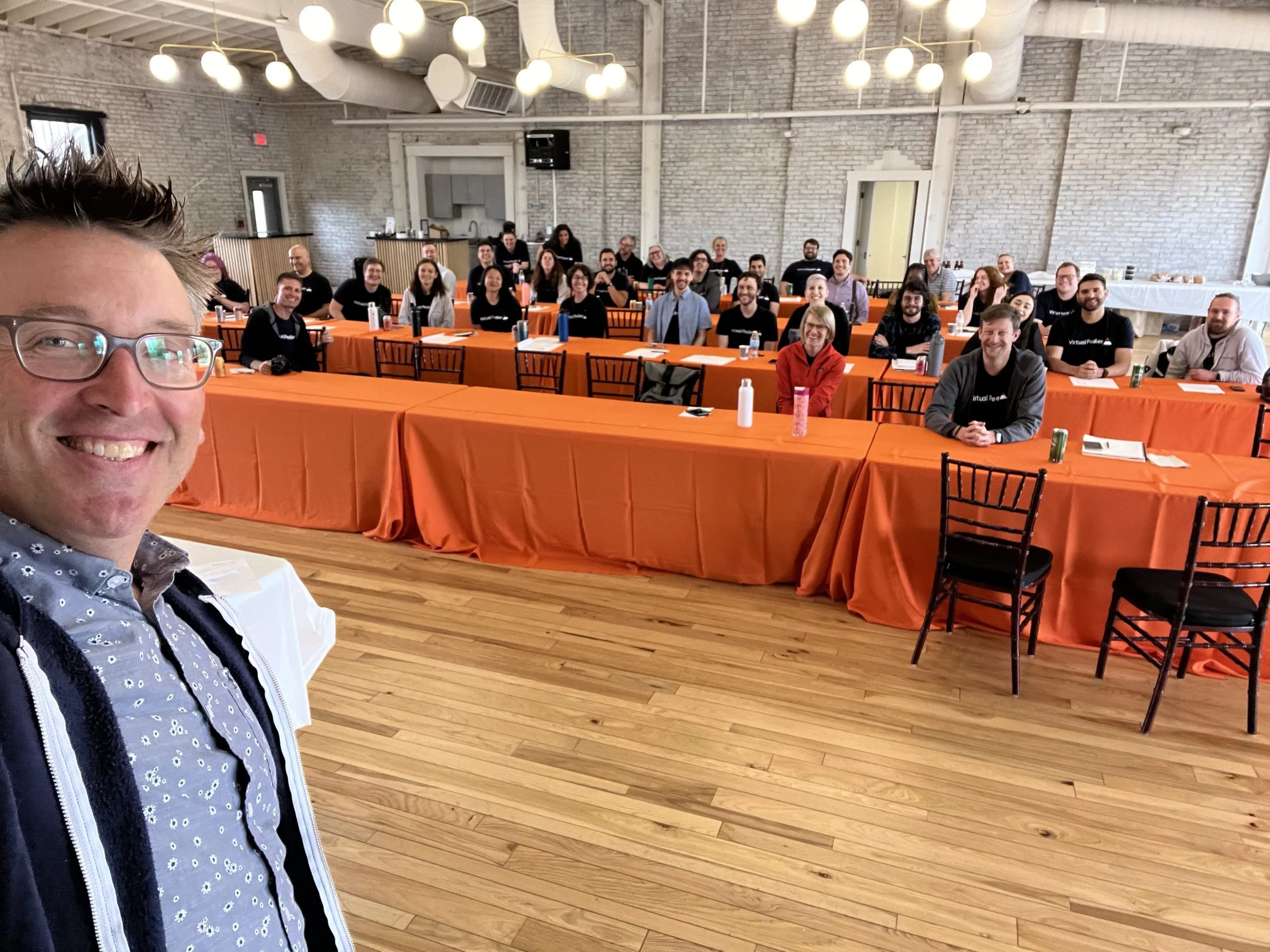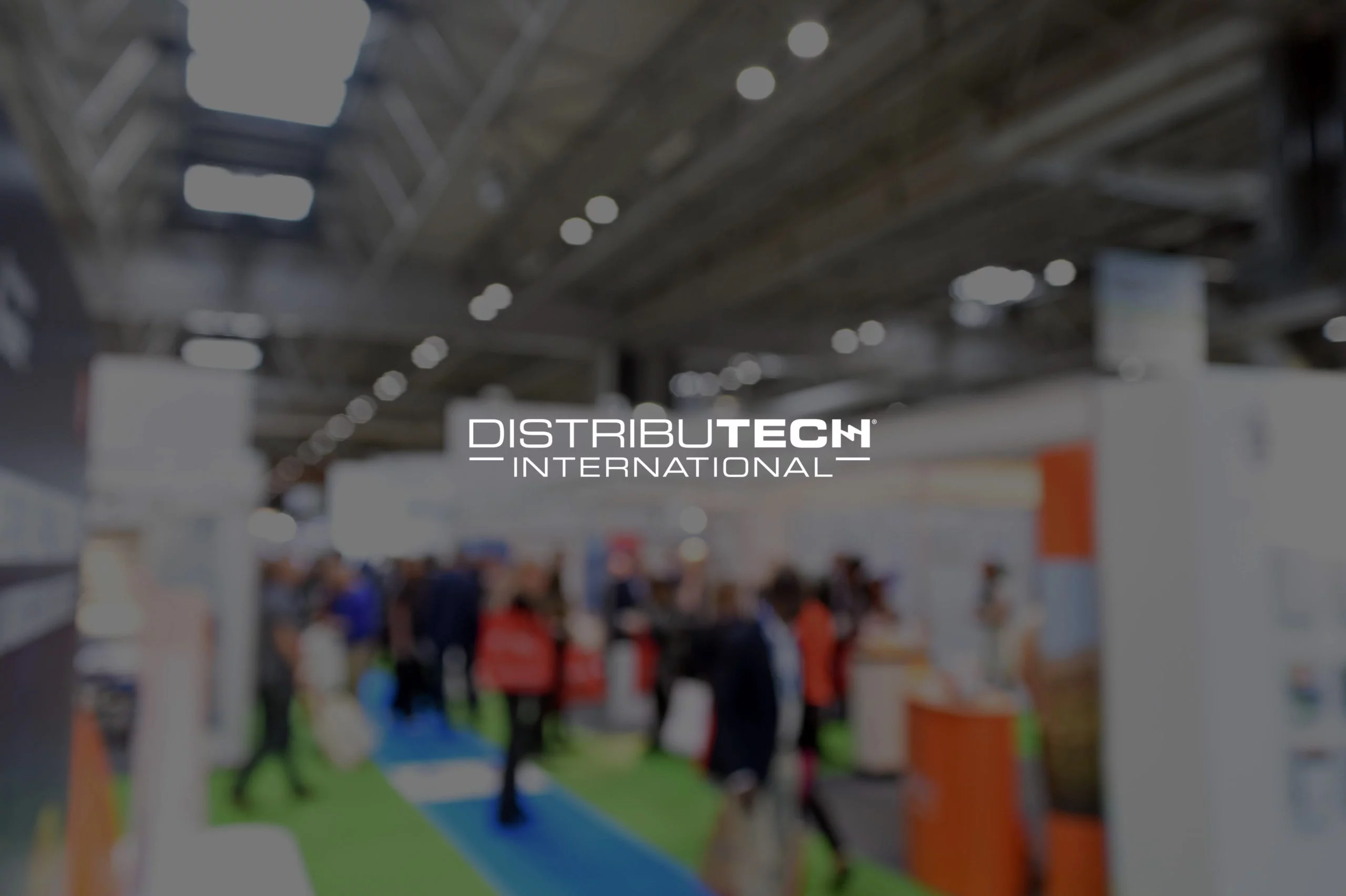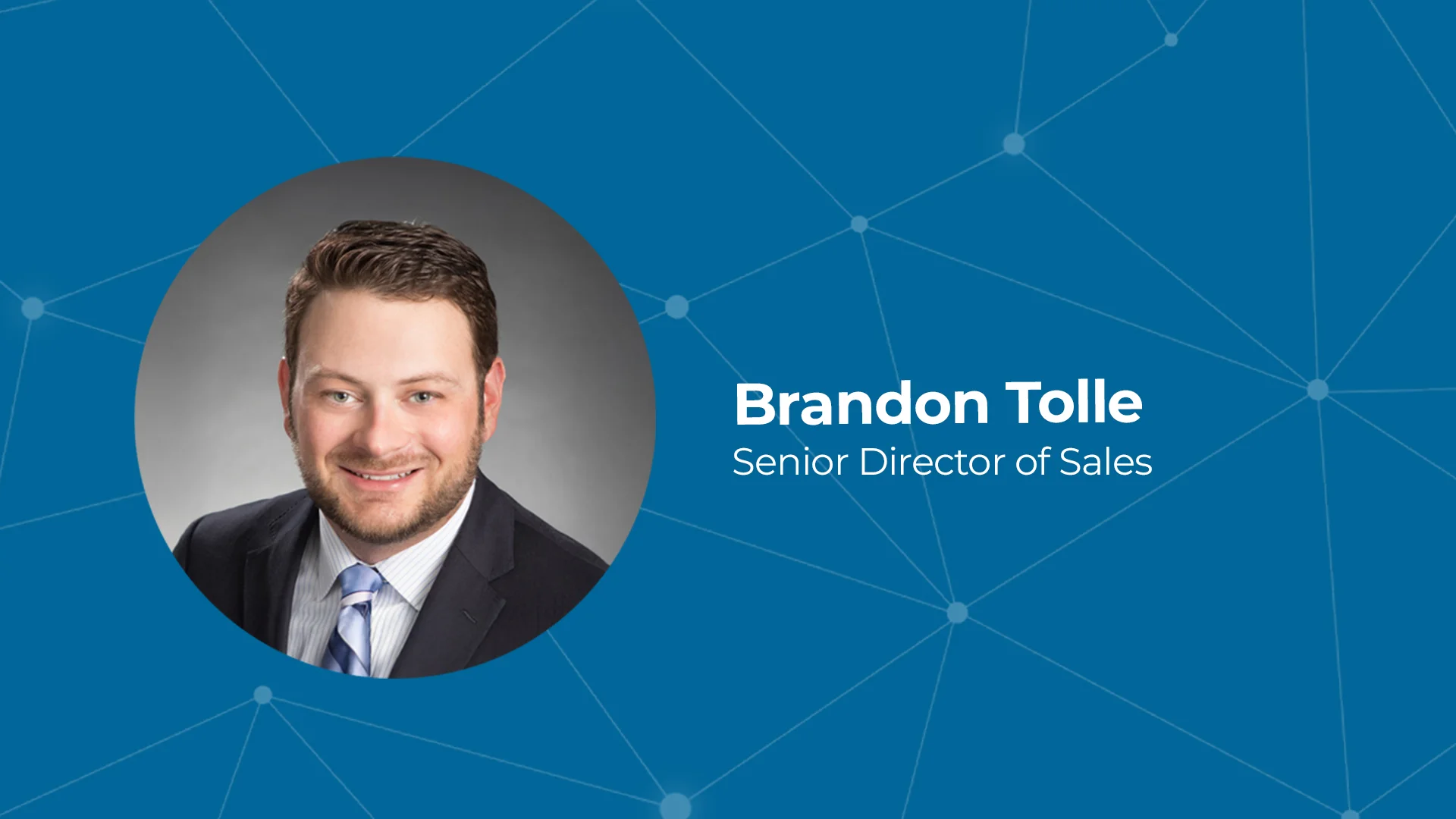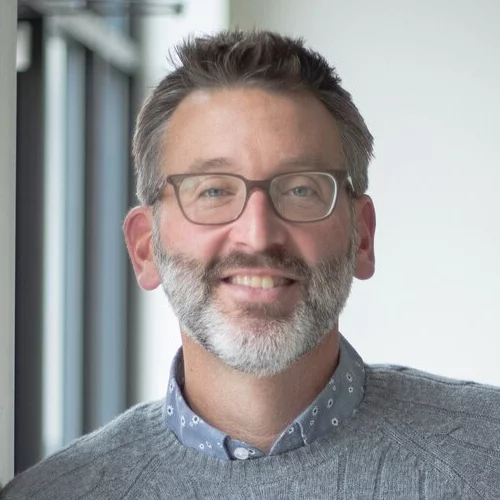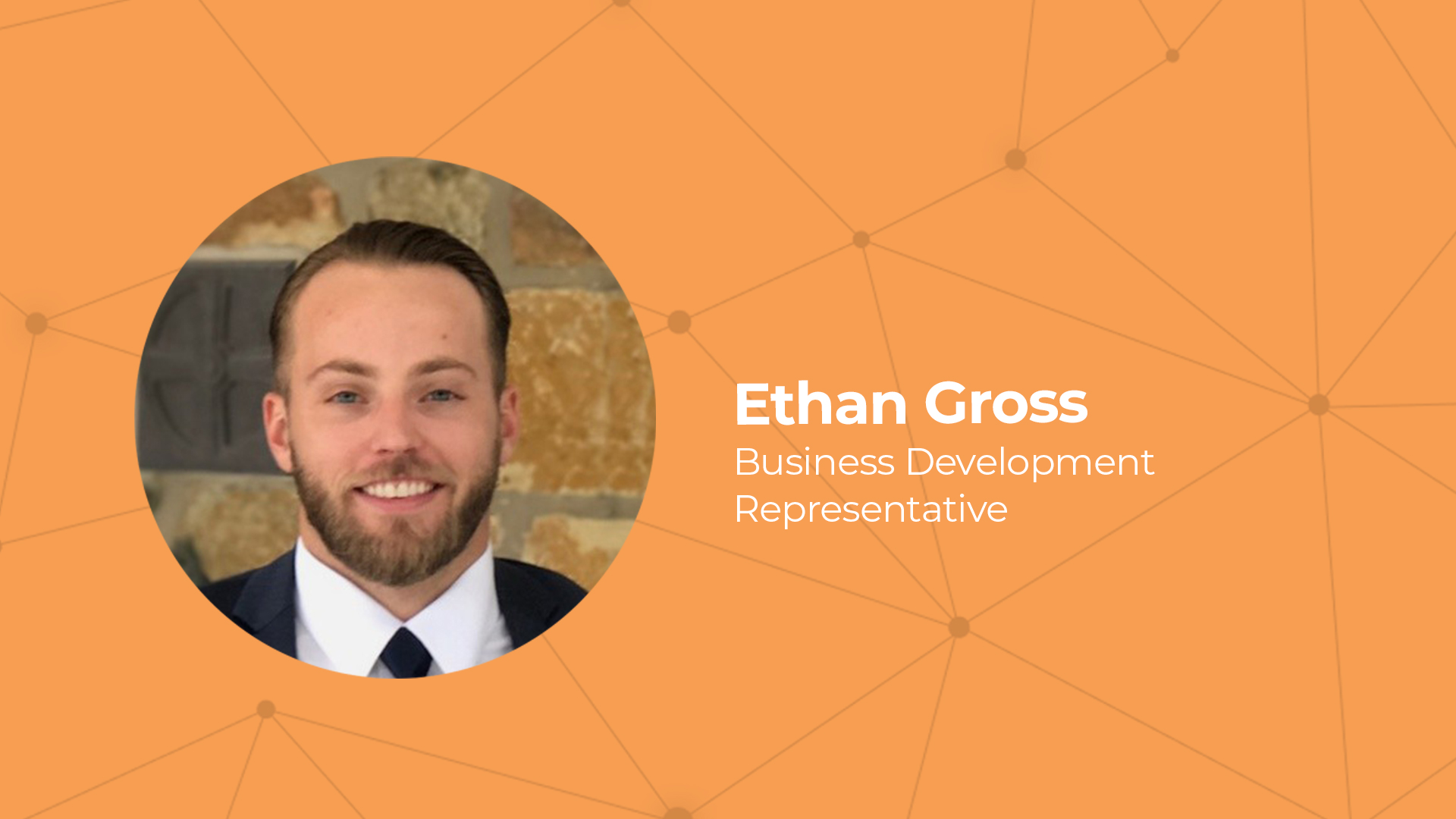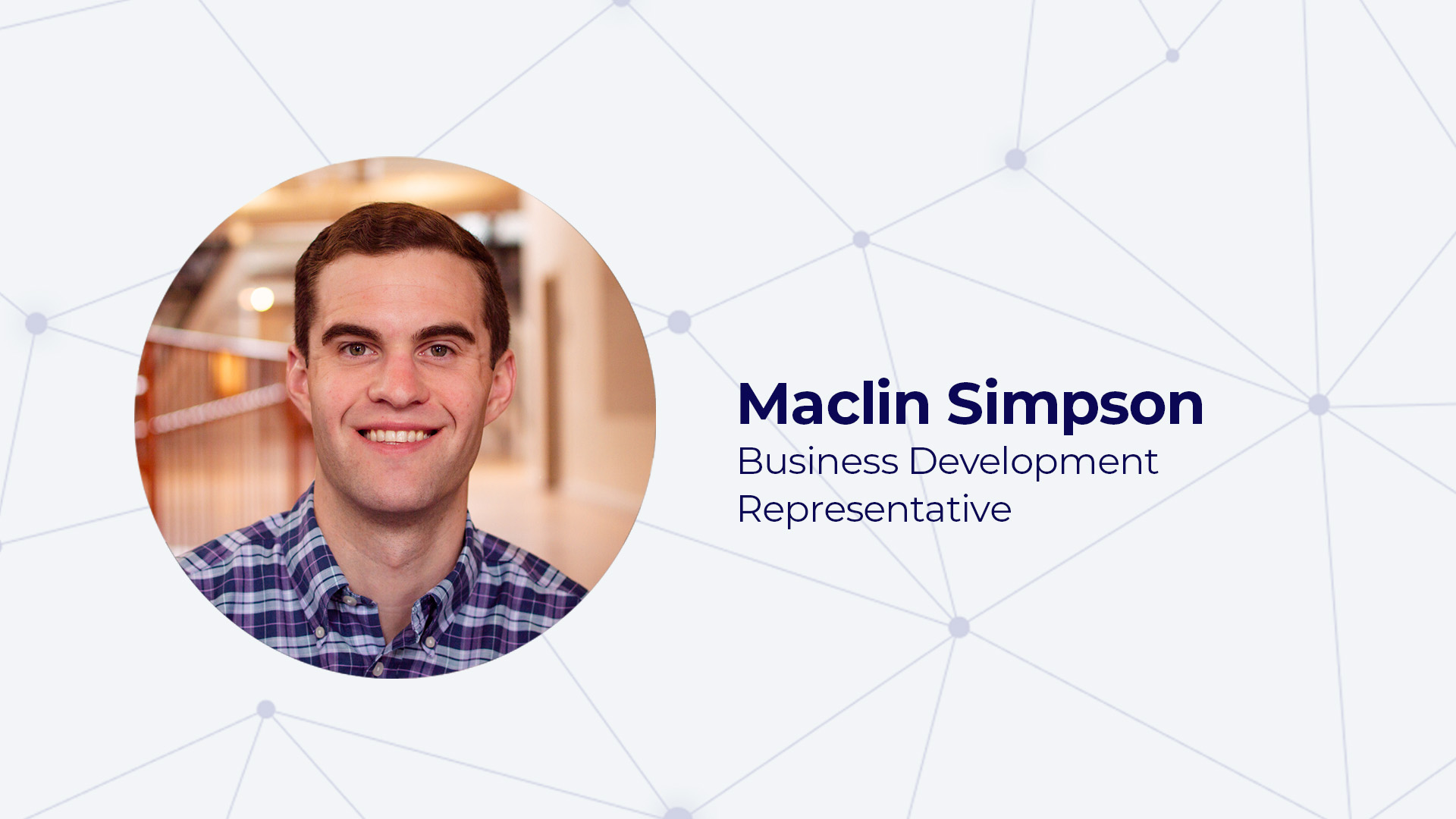With our hectic travel schedule behind us, the Virtual Peaker team has had time to reflect on our experiences at DISTRIBUTECH International 2022. From disruptive supply chain issues that have challenged grid continuity to parse the alphabet soup of how DERMS is defined between organizations, there was much to take in. Our utility partners past and present are looking for quick, effective solutions to a volatile and rapidly changing energy landscape, shaped equally by global decarbonization regulations and the prosumer-driven tech disruption of distributed energy resources (DERs). We’re fortunate to attend many conferences and connect with our community, and DISTRIBUTECH International 2022 gave us plenty to consider.
Bill Burke – Founder & CEO
We heard some pretty good responses about our Gravity Connect® API, with several device partners interested in converting, some even without a direct revenue opportunity. Other DERMS companies are encouraging device partners to use OpenADR for integration into their systems. OpenADR has a lot of use cases, but it has some limits around detailed telemetry reporting and enrollment flows work, and it doesn’t scale well enough to handle the high-fidelity device control that is required to smooth the energy transition. It was great to hear that our partners recognized the benefits of Gravity Connect.
Colin Lamb – VP of Client Success
Not all integrations are equal. There are harder ways to do it. There are really thoughtful forward-thinking systems like ours that we’ve built to integrate with manufacturers quicker and more efficiently. We didn’t talk to a lot of demand-side management people. We talked to distribution folks that find a lot of value in distributed resources. I think the tide has turned on behind-the-meter resources, as something valuable and that utilities should plan for and build resources for. I don’t know if that’s new, but it was part of every conversation that we had. That bodes well with our work for new partners.
Whitley McGovern – Account Executive
The question I kept hearing was if we control solar inverters, or if we do anything with solar. The follow-up question is, ‘Why do you want to control solar?’ The answer is simple: as solar becomes more affordable/prevalent and the grid becomes increasingly intermittent, the ability to leverage solar assets (and batteries) is a good tool in the DERMS toolbox.
Jeff Quigley – VP of Sales
Electric vehicles (EVs) and EV charging infrastructure were something that everybody was talking about. With the infrastructure bill money moving around there was a lot of talk about how best to incorporate and manage EV infrastructures. Everyone understands that in spite of short-term supply chain issues, EVs will create both a massive opportunity and equally massive technical challenge in the not-too-distant future.
Andrew Weigel – Account Executive
The question that I get the most from utilities at conferences or trade shows is to ask what makes our SaaS-based software solutions better than our competitors. For example, we were asked how we’re different than other DERMS companies? And I’m realizing some of the things that I’ll explain are our speed of deployment, our cloud model, and our capacity for more robust customer engagement and forecasting solutions.
Eric Van Orden – Sales Director
With challenges, risks, and threats around every corner, utilities are looking to build the “muscles” to not only be technically resilient but organizationally resilient. In other words, utilities want to take control of their destiny by pairing their expertise (including the knowledge of people) with advancing technologies. That expertise is about their customers, as well as grid needs. Rather than handing the “keys” over to a third party, they want to and should be involved in the design and implementation of projects including customer engagement and grid optimization.
Utilities that are engaged in this way learn to understand the nuances to be able to scale them. That said, it’s a balancing act. If they go too far, the project gets too complex and there is a risk of getting bogged down in the details rather than leveraging lessons learned from technology and project deployment across the country.
DISTRIBUTECH International 2022 Conclusion
As utilities consider increasing grid constraints from both electrification, technologies, and regulations, finding a diverse energy portfolio of options is critical. Our time at DISTRIBUTECH International 2022 taught us that this includes everything from finding and identifying the right DERMS to solving for the burgeoning EV market and beyond. What did you learn? Find us on your favorite social media platform and let us know.
